Fixing Lead Hazards in Pre-1978 Buildings
If your home or building was built before 1978, it's assumed to have lead paint. Any work that disturbs painted surfaces in these buildings is regulated by the Rhode Island Department of Health to keep residents, workers, and neighbors safe.
Why It Matters
Unsafe lead work can harm your family and community. Lead dust spreads easily and is dangerous—especially to young children. That’s why licensed professionals are required for most lead-related work.
What You Can Do Yourself
As a property owner, you can do small spot repairs (called "de minimis" work) if you follow lead-safe work practices.
You may do the work yourself if:
- The area is less than 6 sq. ft. per interior room or less than 20 sq. ft. outside
- No window replacement, sanding, or demolition is involved
For larger projects, you must hire a licensed lead professional. Read the Lead Safe Work Practices regulations
Doing Exterior Renovations? Know the DEM Lead Paint Rule
If your exterior renovation disturbs lead paint, you must also follow the Rhode Island Department of Environmental Management (DEM) Regulation 250-RICR-120-05-24.
What This Means for You:
- You must provide written notice to all neighbors within 50 feet of your property
- The notice must be delivered at least 7 days before the work begins
This helps protect your neighbors from exposure to dangerous lead dust.
When You Need a Licensed Professional
Larger projects require trained professionals with specific licenses. The type of work determines which type of license is needed.
Use this chart to help find the right professional: What Type of Lead Professional Do I Need?
Projects That Fix Lead Hazards (Lead Hazard Control – LHC)
These are bigger projects that remove or reduce lead exposure, such as:
- Replacing windows
- Fixing hazards found in a lead inspection report
Must be done by:
- Licensed Lead Renovation Firm
Must include:
- A Clearance Inspection by a licensed Lead Inspector after work is complete
Find Licensed Lead Renovation Firms
Projects That Remove Lead (Lead Hazard Reduction – LHR)
Also known as lead abatement, these projects may include:
- Removing, sealing, or covering lead paint
- Cleaning lead dust
- Treating lead-contaminated soil or water
Must be done by:
- Licensed Lead Contractor
Must include:
- A Clearance Inspection by a licensed Lead Inspector
- Licensed Lead Workers under the Lead Contractor
Find Licensed Lead Contractors
What to Expect During a Lead Project
If you're planning lead work at your property, here’s what you can expect before, during, and after the job:
Before Work Begins
- The lead professional must give you (and your tenants, if any) a copy of the Rhode Island "Renovate Right" pamphlet at least 7 days before work starts, but no more than 60 days before.
- A Start Work Notice must be submitted to the Rhode Island Department of Health at least 7 calendar days in advance. The licensed lead professional will take care of this.
During the Project
Licensed supervisors are required to be on site at all times to ensure safe practices.
They will make sure:
- The work area is fully sealed off to stop lead dust and debris from spreading.
- Dangerous work methods are not used, such as:
- Dry scraping or sweeping
- Heat guns over 1100°F
- Open flames
- Harsh chemicals like methylene chloride
If you have any concerns about lead safe work practices being conducted please email us at doh.leadprogram@health.ri.gov.
After the Work is Done
Before cleanup is complete and the area is safe:
- Workers must clean thoroughly using a HEPA vacuum and wet mops.
- The area must pass one of the following:
- An EPA Cleaning Verification
- A Clearance Inspection by a licensed Lead Inspector
Once cleared:
- Containment barriers are removed.
- You will receive a Renovation Recordkeeping Checklist for your records.
